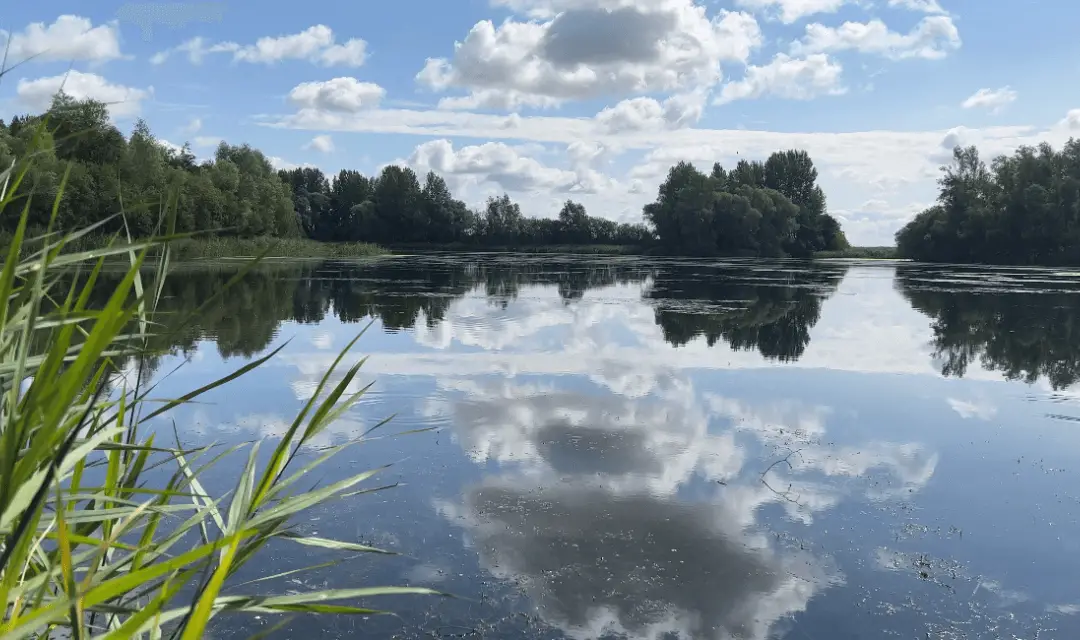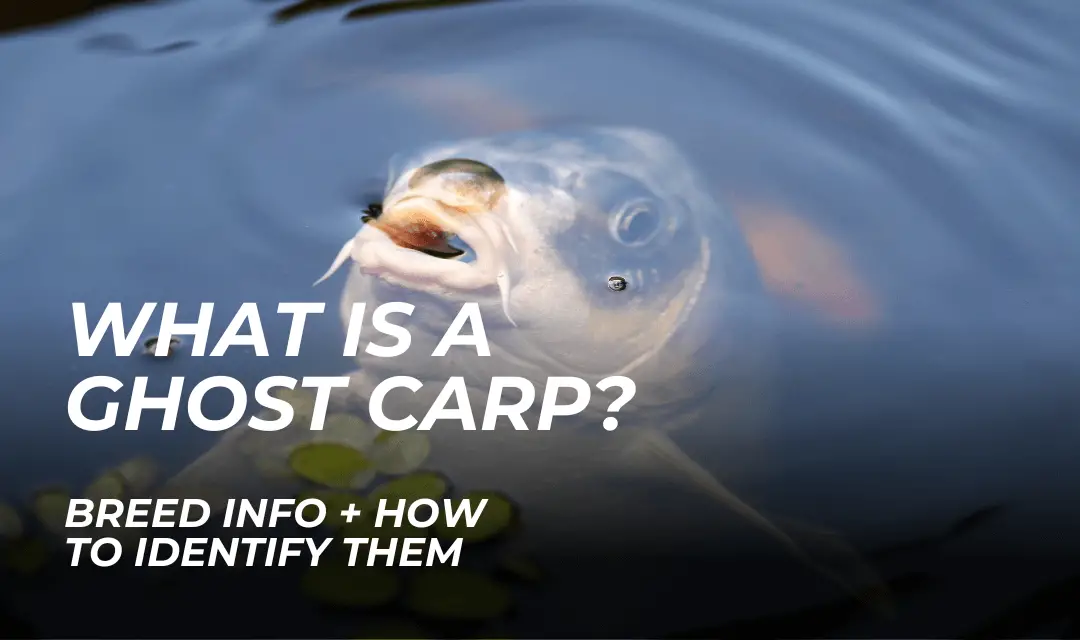Boilie fishing is rarely talked about these days, with many anglers favouring particle baits, pellets and spod mixes.
But fishing with boilies on their own can prove to be deadly tactic.
One that I’ve put to good use in the last 15 years as a way to stand out from other anglers on low stocked waters and busy day tickets alike.
With everyone else spodding the life out of their swims, a boilie approach offers an alternative rarely seen by carp. And it can often be the tactic you need to tempt the bigger, wiser fish.
It’s no coincidence that big name anglers like Terry Hearn, Dave Lane and Jim Shelley bank the biggest carp in the UK using a boilie only approach.
If you’re struggling to bank the biggies in your venue, maybe it’s time you perfected your boilie fishing too?
Let’s take a look at how you can do just that.
When should you use a ‘boilie only’ approach?
Firstly, it’s important to know when you should choose to fish a boilie only approach.
Whilst it is a hugely successful method, like everything in carp fishing, there’s a time and a place for it. Here are two times when I would consider fishing boilies on their own:
Using boilies on low stocked venues
The single most important thing to think about is the venue that you will be fishing. In my experience, fishing exclusively with boilies tends to lend itself to waters that have a low to medium stock.
The reason for this being that you’re not likely to be competing much with other anglers, so beds of bait to hold carp in a swim will be less effective.
Not only that, but at any given time you’ll have less carp feeding in front of you.
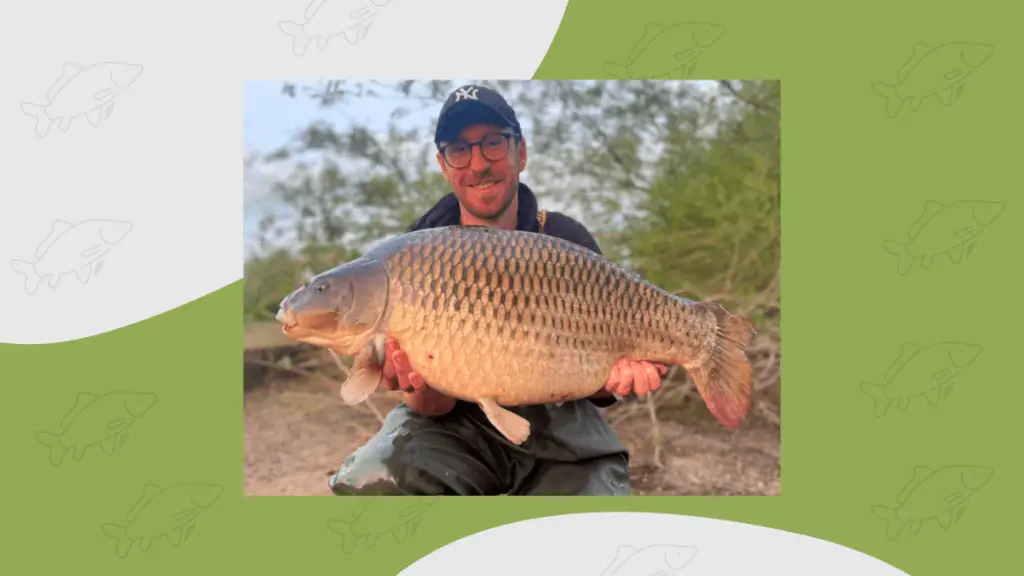
In this scenario, the last thing you want to do is give them hundreds of smaller particle baits. Doing that will only decrease the chance of a fish picking up your hookbait.
Now, this isn’t to say that a boilie only approach won’t work on well-stocked venues. It definitely will. But you’ll instigate much more intense feeding spells by using smaller particle baits that’ll keep fishing grubbing around for hours.
Using a boilie only approach to deter nuisance species
We’ve spoken at depth about avoiding crayfish in the past, but it can be equally important to change your tactics to deter silverfish.
Roach, bream and tench can be a nightmare when fishing over larger beds of smaller baits.
Whole shoals of nuisance species can turn up and clear you out, giving you a sleepless night in the process.
This is one of them scenarios when I would just opt for straight boilie fishing.
I’ve found that beds of boilies spread out seem to be less appealing to the large shoals of nuisance species. They prefer gauging on the smaller bits on the lakebed rather than going from boilie to boilie which we’ve seen carp do many times.
You can also take deterring nuisance species one step further by using larger boilies over 18mm. Often they’re just too big for them to pick up and digestl
In this instance it’s a win-win situation. You’ll deter the fish you don’t want to catch and likely catch yourself some of the bigger carp too.
Importance of choosing the right boilie for your fishing
There is no room for error when it comes to choosing the right boilie for this style of fishing.
When boilies are part of a larger mix, you can probably get away with boilies of a sub-standard quality.
But when boilies are all you’ll be using, you want to make sure you go for the highest quality baits you can.
Luckily, there are plenty of carp bait companies knocking out high-quality boilies these days. Although it can be hard knowing which ones to choose from in the tackle shop.
The key for this type of fishing is to ensure that you opt for a boilie that is high in nutritional value. It needs to provide carp with all of the nutrients and vitamins it needs for sustained growth. – Much like us choosing to eat healthy foods from the supermarket.
Carp are intelligent creatures and after a while can gain a good idea of what is and isn’t good for them.
Let’s talk about flavours for boilie fishing
There are normally two choices when it comes to boilie flavours.
Either choose fishy baits (that will likely get you in trouble with the Mrs. if she finds them in the freezer) or choose nutty/bird seed based boilies.
For my boilie only approach, I tend to go for darker, fishmeal based boilies that are richer in vitamins and nutrients.
You only have to look back at the record books to see how successful fishmeal and robin red based baits have been throughout Spring and Summer.
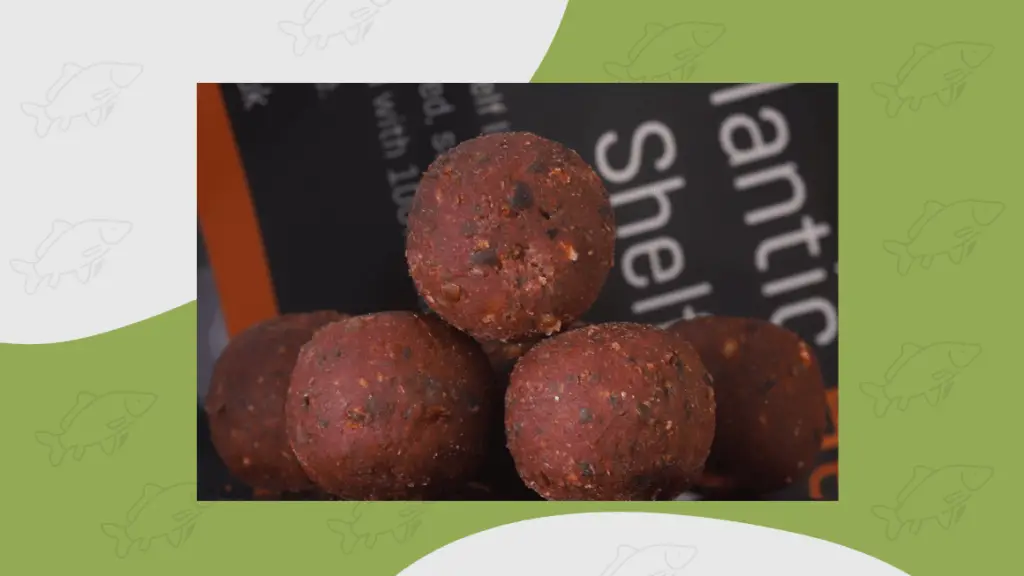
If I’m fishing with boilies only, you’re going to bet that I’ll be using the highest quality fishmeals boilies I can get my hands on.
Whilst they are excellent in the warmer months, they do fall short in the winter though.
And that’s when I like to turn to nut-based winter boilies. These are are typically easier to break down in the cold, therefore better at releasing their attraction into the water.
Not only that, but they’re typically lighter in colour too, helping them stand out against the leaf litter which is rife on the lakebed from Autumn onwards.
Should you choose shelf life or freezer boilies?
Ask a carp angler this question 15 years ago and no doubt they will have labelled shelf life boilies as being second best to freezer baits. Only to be used on longer trips abroad or as spare bags in the back of the van they would say!
But with the improvements in bait making ingredients, shelf life boilies have improved massively in recent years.
So much so that die hard freezer bait fans will happily use them for their boilie fishing campaigns. Me included.
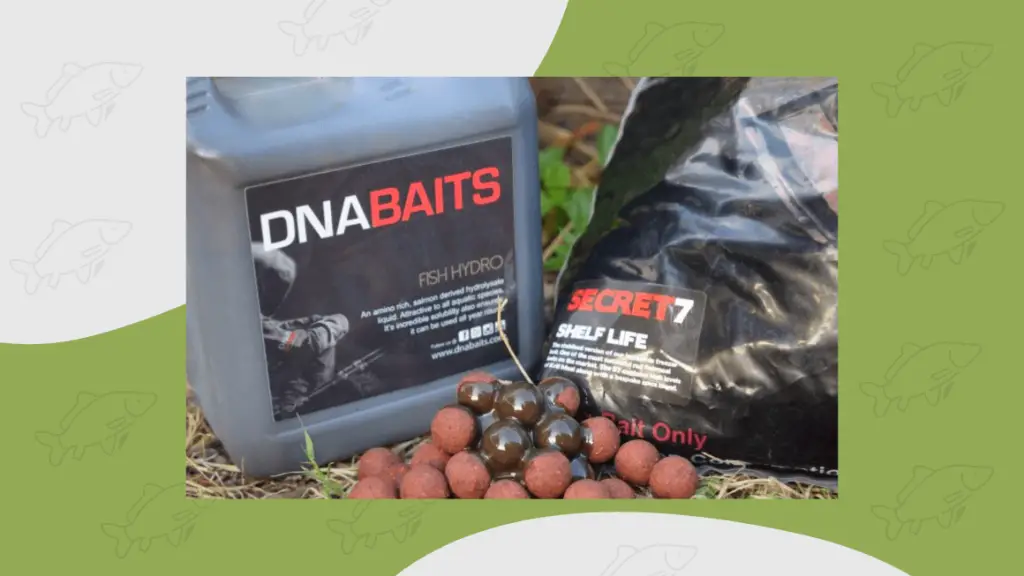
Shelf life boilies tend to stay fresh for longer these days. They are softer in texture and more digestible which is exactly what you want when trying to introduce a bait over a longer period of time.
I would personally have no hesitation using shelf lifes over frozen baits for campaign fishing.
I do think it’s a good idea to pimp up your boilies though, to gain another edge over every other angler on the lake.
How to pimp up your boilies for carp fishing
Whilst boilies straight out of the bag will work, you can take things one step further by boosting them.
Personally, I like to do this by soaking boilies in water with a little bit of their matching glug.
What this does is hydrate the baits, making them soft and easier to digest. A good boilie for me is one that is easy to digest and leaking attraction as soon as it hits the lakebed.
A highly digestible bait is vital when fishing a boilie only approach, or introducing the same bait over long periods of time.
The quicker carp can eat and successfully digest a bait, the more they will want to eat it. And this is exactly where high-quality, well prepared boilies can really boost your catch rate.
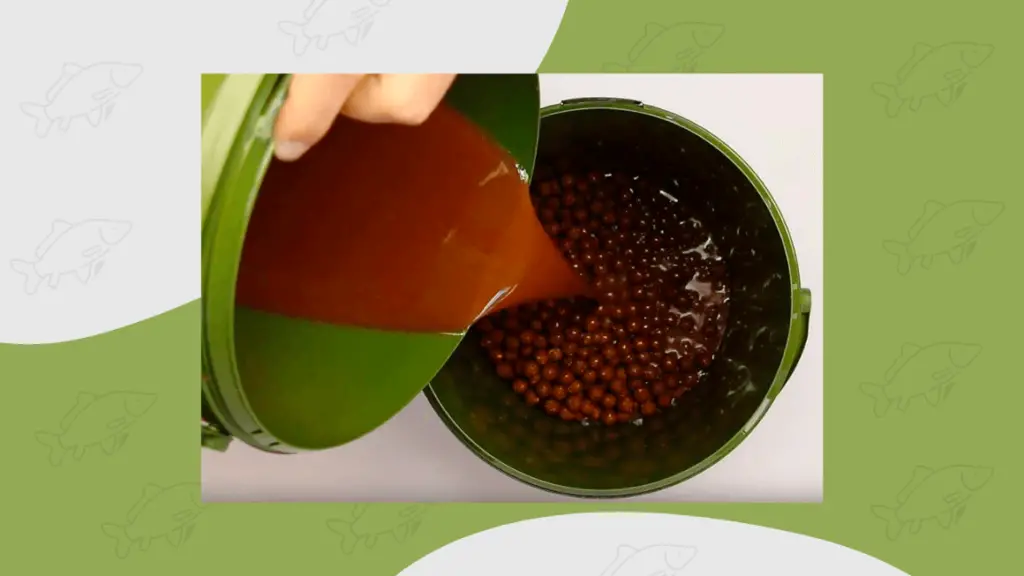
But boosting the boilies doesn’t just stop with soaking them.
Just before using them, I will then drain them of the excess water and dust them in some GLM powder which gives them a nice coating of extra attraction. This also makes them much easier to bait up with int he throwing stick or catapult.
Baiting approach when boilie fishing
When it comes to introducing boilies, it really couldn’t be easier.
How you introduce them typically depends on where you’re fishing, whether that be close in or at range.
The beauty of boilies is that they do have some weight to them, meaning that in many cases you can get away with just throwing them out by hand.
This makes them an excellent choice for fishing in the margins, as you can easily check back on them and see whether carp have come in and hoovered them up.
For baiting up at around 40 yards, a catapult is probably your best bet. You can achieve a really tight baited spot with a catapult, or choose to spread them depending on how you want to approach it.

Any baiting further than 40 yards is best done with a throwing stick. However, these take a little more practise and are nowhere near as accurate as a catapult.
That being said, I’ve found spreading boilies wider much more successful than fishing them tighter together. Baiting little and often is a common baiting approach when fishing with boilies in this way. Just try to make sure the seagulls don’t pluck them out of the air when using a throwing stick!
Rigs & hookbaits for boilies
Personally, I have never been a user of big beds of bait, particularly boilies.
I think most of that stems from fishing shorter sessions and overnighters. Unless the fish are really having it, I’m never confident baiting and waiting.
My boilie fishing typically consists of fishing bottom bait rigs or chod rigs over lighter scattering of baits. Topping them up on a little and often basis as the action unfolds.
Alternatively, I’ll stay mobile, watching out for signs of carp and fishing chods or small PVA bags of boilies alongside a bottom bait.
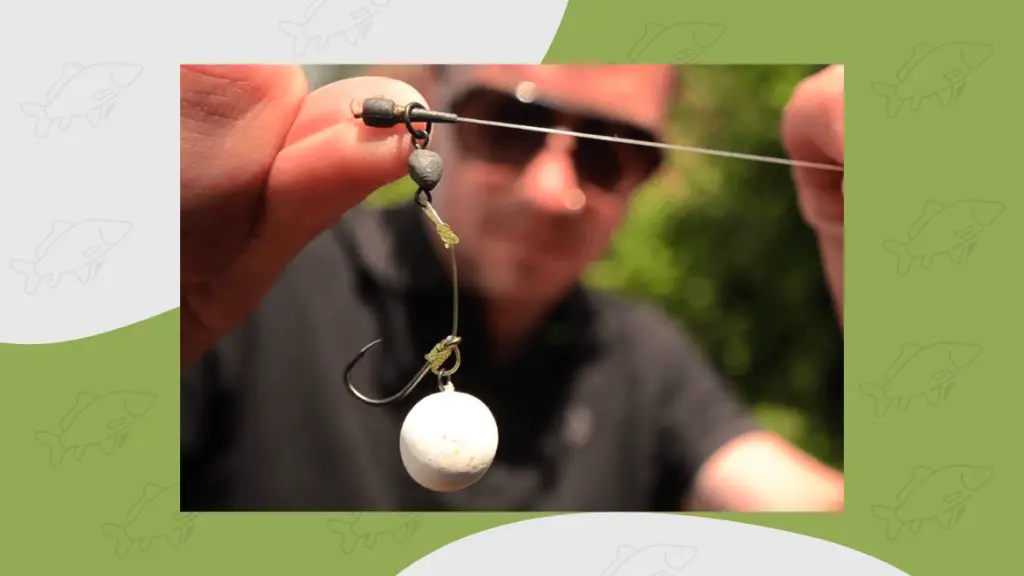
As much of my boilie fishing is done on more pressured, low stock waters, I prefer a match the hatch hookbait when fishing with boilies. Fishing the same hookbait as my free offerings in effect should increase confidence in feeding carp.
And confidence in feeding fish is much harder to instigate on lower stocked waters, in comparison to highly stocked day ticket venues where you can get carp confidently competing to hoover up every morsel of food.
Where I can, I will always opt for a subtle bottom bait or balance wafter. Obviously there are scenarios when this just doesn’t work, such as fishing in and around weed or debris.
If this is the case, I’ll opt for a chod rig fished over a light scattering of boilies. I’ll also choose a pop up presentation in Autumn/Winter when the leaf litter is dying on the lakebed.

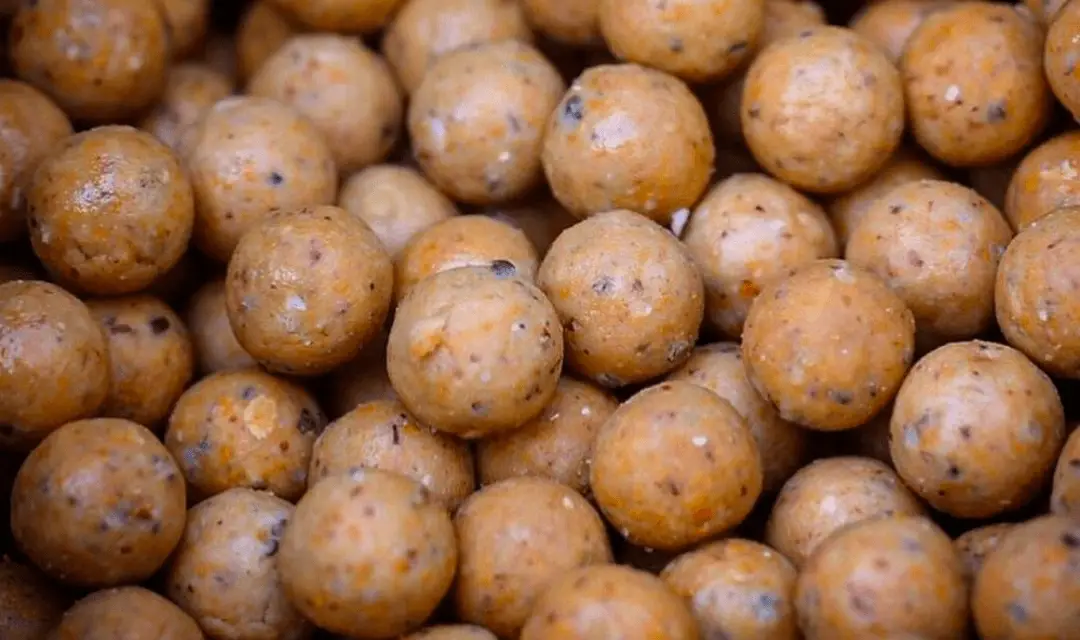
![Stocks Lake Norton Disney [Tips & Tactics]](https://carpsquad.com/wp-content/uploads/2023/11/stocks-lake-norton-disney-2-1.png)
